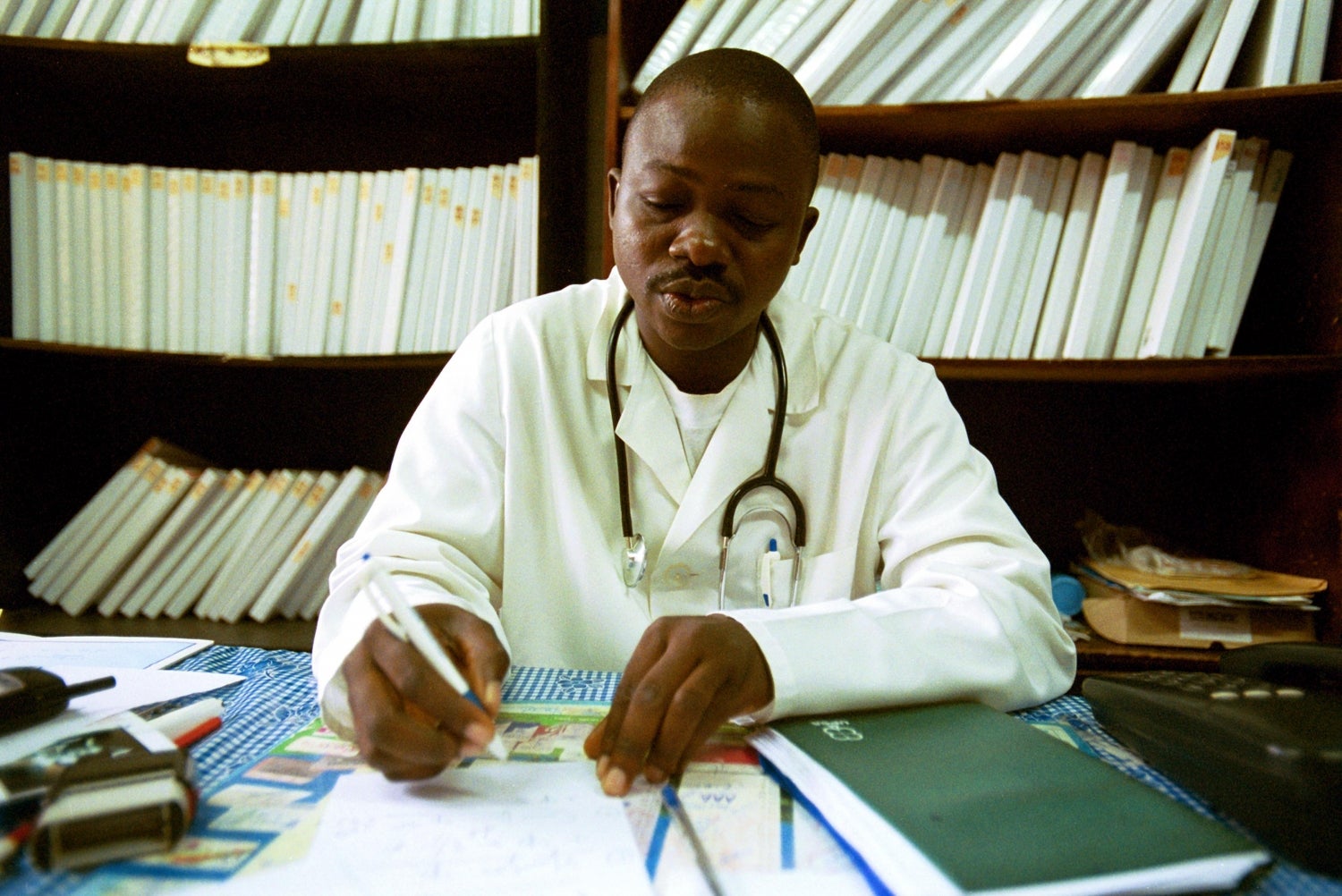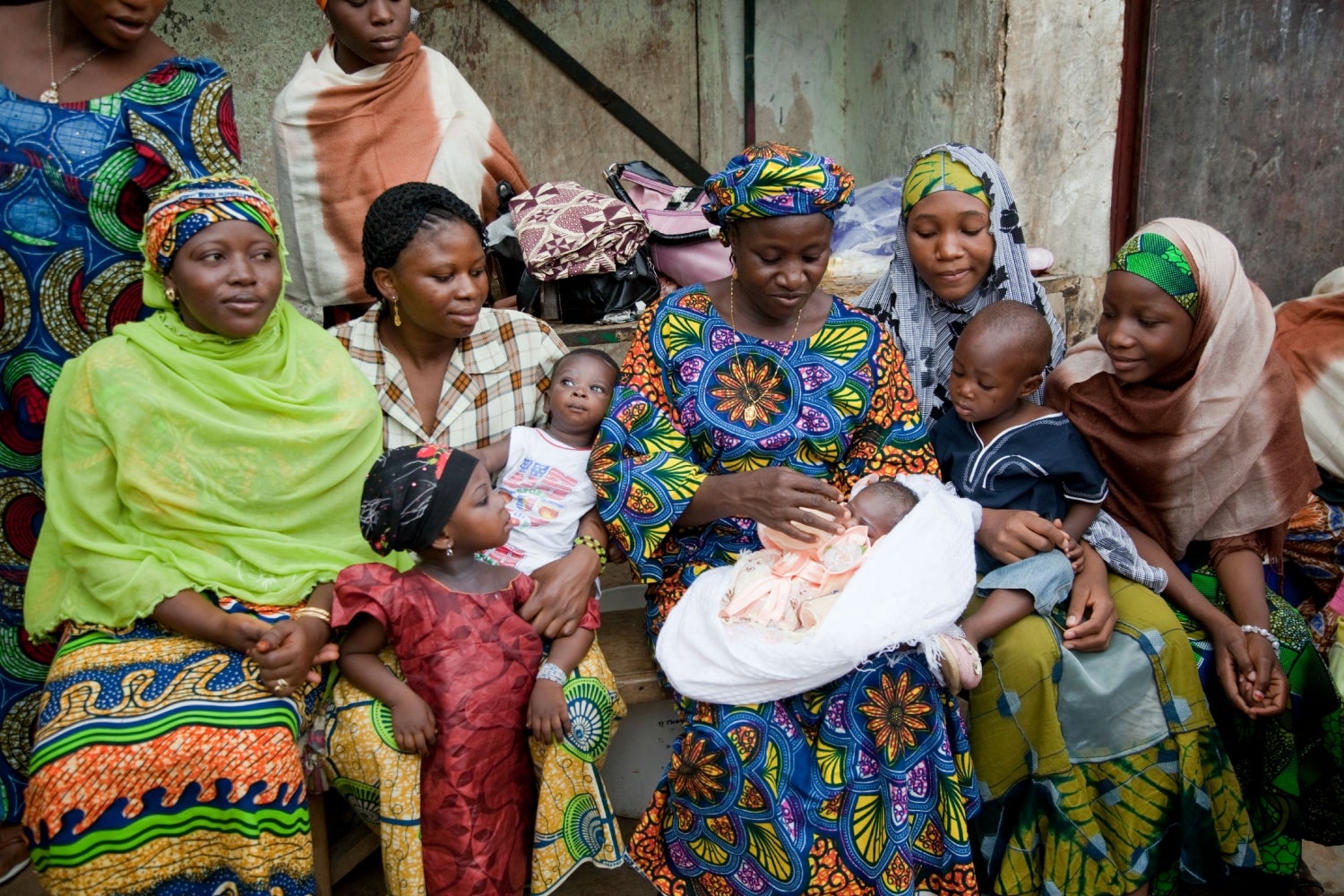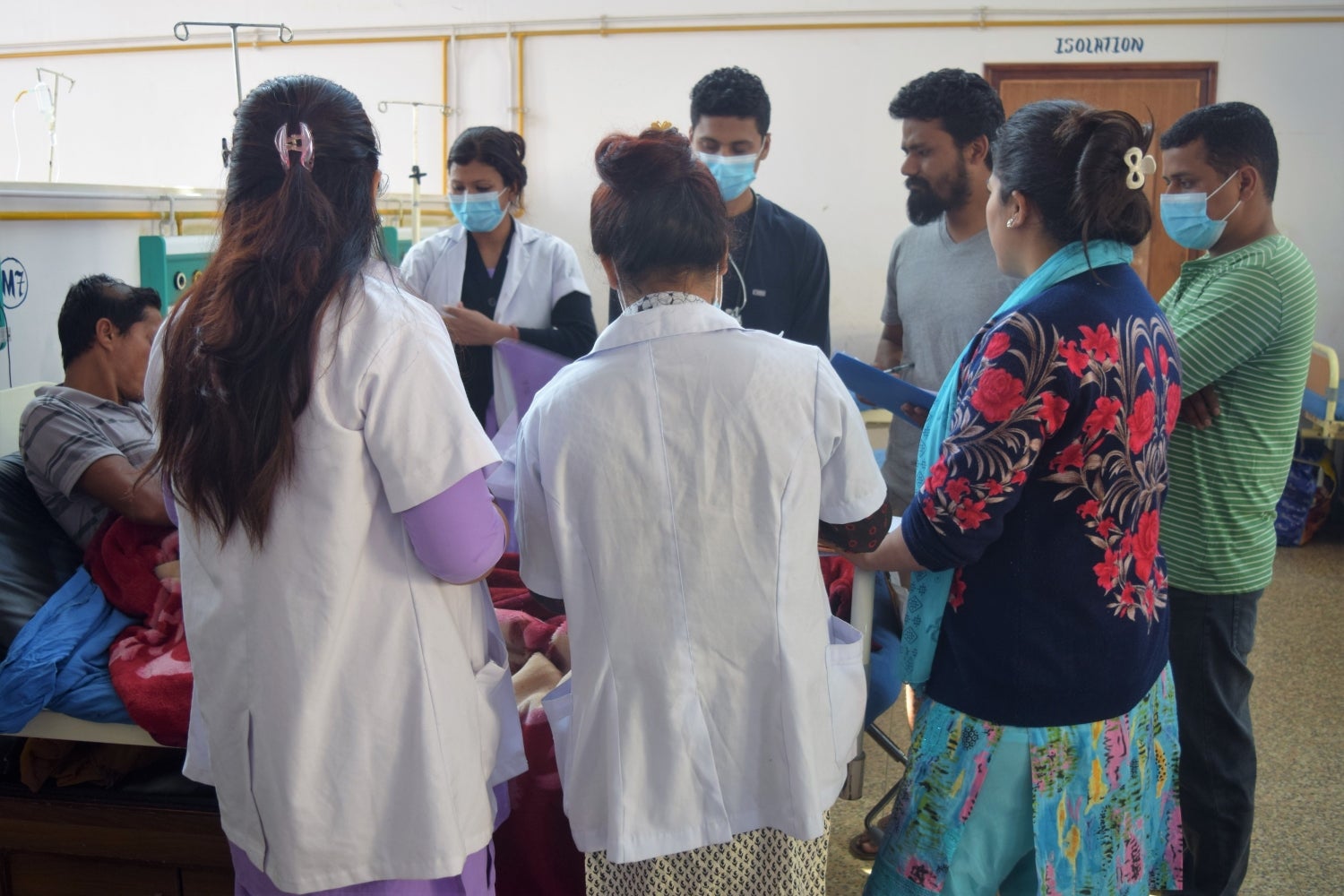The following principles should also be prioritised, either at the same time or one after another, to improve the management of services & population health:
Proactive population health management
Population health management is an approach to PHC provision that integrates active outreach and engagement with the community in care delivery. This approach shifts PHC service delivery from reactive individual care delivery to proactive management of a segment of the population.
Effective population health management typically occurs both in established clinics and in the community. It requires a strong organisational structure, efficient information systems, an appropriate mix, and a sufficient quantity of providers. Inherent in population health management is the provision of a broad range of health activities including curative and preventive care, health promotion activities delivered through broad public health initiatives, and engagement with social determinants of health.
The core elements of population health management include:
- Empanelment: the active and ongoing assignment of an individual or family to a primary care provider and/or care team for the provision of primary care services.
- Collaboration between facility- and community-based service providers: the process of facility- and community-based providers working together to provide person-centred, coordinated care.
- Community engagement in service planning and organisation: the inclusion of local health system users and community resources in all aspects of design, planning, governance, and delivery of health care services.
- Proactive population outreach: the active provision of care in homes or communities rather than exclusively in facilities.
- Services for self-care and health literacy in primary care: PHC services and processes that support and empower individuals, families, and communities to manage their health and well-being when not in direct contact with health services.
Resilient facilities & services
All countries are vulnerable to emergencies or shocks. The same health system emergency—such as an earthquake, disease outbreak, conflict, economic shock, climate change, or pandemic—can occur with the same intensity in two countries or two communities. However, the extent of the damage, to individual health, infrastructure, or health services, will vary greatly depending on the communities’ vulnerability, preparedness, and resilience. 9 Resilient health facilities are safe, sustainable, secure, and smart. They will be able to keep functioning in an emergency situation, providing essential health services to those in need. Resilient services are flexible, integrated, equitable, and accessible. They will be able to maintain or quickly resume the provision of essential and routine services in an emergency situation.
Key actions for improving resilient facilities and services include:
- ensuring effective planning and preparedness work takes place;
- developing protocols and conducting training, using the training to inform revisions to planning and protocols;
- assessing facility and service preparedness, incorporating learnings from exercises and emergencies into ongoing preparedness activities; and
- responding to emergencies to maintain or quickly return to providing essential and routine health services and help with recovery.
Management of services
Manage services for quality, leadership, and performance at the facility level, including via: 2101112131415
- Professionalism of management, which means that “conditions are in place nationally and subnationally to ensure professionalised management and leadership in a health care organisation. This is achieved by ensuring adequate numbers, competencies, and deployment of managers throughout the health system, and creating an enabling environment that contributes to managers’ motivation and enables them to perform well.”
- Systems to support quality improvement, which refers to the use of information systems and quality improvement methods/practices (i.e. plan-do-study-act cycles) to make health services more effective, safe, and people-centred via iterative, measurable changes.
- Facility budgets and expenditures, which address the availability and management of funds at health facilities to meet the recurrent and fixed costs associated with delivering health services. This component incorporates a range of public financial management processes, from budget formation to budget execution, that influences facility-level funds availability and management.
- Management capability and leadership, which refers to the capabilities of managers and leaders to oversee quality improvement and budgetary processes within a facility.
- Supportive supervision, which is a component of performance measurement and management. It is characterised by collaborative problem solving and open dialogue. Supervision routinely includes mentoring to address gaps in performance, knowledge, and skills; setting individual goals; and reviewing progress towards their achievement.
PHC-focused organisation of services
Well-organised services across the health system can help to direct patients to primary health care as the first point of contact and support the other four functions of primary care—comprehensiveness, coordination, continuity, and person-centeredness. Elements that help to create a strong and PHC-focused organisation of services include: 1617
- Comprehensive and contextualised essential package of health services.
- Well-defined roles and functions of service delivery platforms and settings.
- Systems to promote first-contact accessibility.
- Protocols for patient referral, counter-referral, and emergency transfer.
- Existence of care pathways for relevant tracer conditions.
- Services provided through multidisciplinary team-based care.




